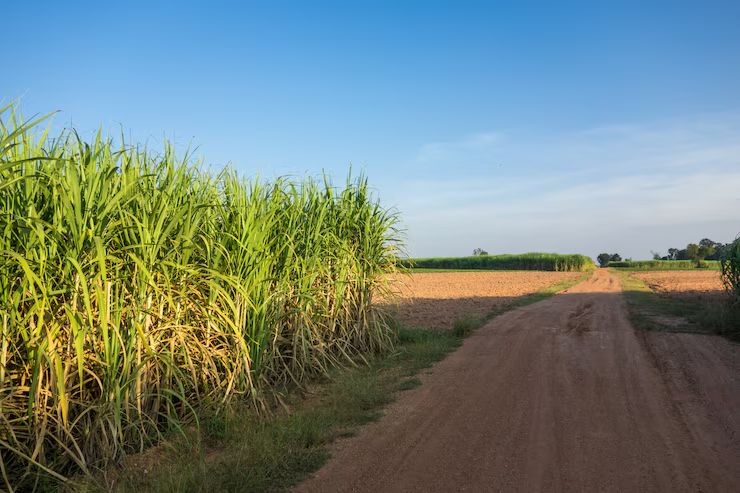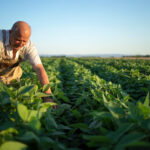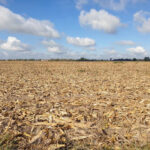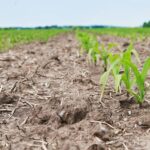Starting a small-scale sugarcane farm can be a rewarding venture, especially in regions with warm climates and good rainfall. Sugarcane is a versatile crop used for producing sugar, ethanol, animal feed, and even juice, making it a potentially profitable business for aspiring farmers. Whether you’re looking to farm commercially or grow for local markets, this guide covers the essential steps you need to get started with a small-scale sugarcane farm.
Before diving in, it’s important to research whether sugarcane farming is suitable for your location. Sugarcane grows best in tropical and subtropical regions with plenty of sunlight, consistent rainfall (or irrigation), and fertile, well-drained soil. The ideal temperature range is between 20°C and 35°C. If your area meets these conditions, you’re already on the right track.
The next step is land preparation. Clear the selected land of weeds, shrubs, and debris. Plow and level the soil to ensure proper aeration and drainage. Sugarcane roots grow deep, so a well-tilled soil profile helps promote strong root development. You can enrich the soil with organic compost or well-rotted manure to boost fertility. Conducting a soil test before planting will also help you determine any nutrient deficiencies and the pH level of your soil (sugarcane prefers a pH of 6.0 to 7.5).
Once the land is ready, it’s time to select high-yield sugarcane varieties suited to your region. Local agricultural extension offices can provide recommendations on the best seed cane types. Use healthy seed cuttings with at least 2–3 buds per piece. Plant these in furrows spaced about 1.2 to 1.5 meters apart, with seed pieces spaced 30–45 centimeters within the row. Cover the seed canes lightly with soil and water them to initiate sprouting.
Sugarcane is a long-duration crop that requires consistent care. Regular watering is crucial, especially during dry periods, to promote steady growth. Use drip irrigation or furrow irrigation systems if available. Weed control is essential during the first few months—either through manual weeding or mulching. Fertilize the crop based on your soil test results, typically applying nitrogen, phosphorus, and potassium at recommended intervals.
Pests and diseases can affect sugarcane yield, so regular monitoring is key. Common pests include cane borers, termites, and aphids, while diseases such as smut and red rot can harm crops. Use integrated pest management (IPM) practices, which may include crop rotation, organic pesticides, or biological control methods to reduce chemical use and protect your crop.
Sugarcane is typically ready for harvest 10–18 months after planting, depending on the variety and climate. Harvest when the stalks are fully mature, usually indicated by yellowing of the lower leaves and firm, juicy canes. Cut the canes close to the ground and remove the tops. Freshly harvested cane should be processed or sold quickly to preserve sugar content.
Once harvested, sugarcane can be sold to local sugar mills, juice vendors, or used for small-scale processing into jaggery or syrup. If you’re near urban centers, there’s growing demand for fresh sugarcane juice, which can open up direct-to-consumer opportunities. Keeping good records of your inputs, harvest dates, and sales will help you evaluate profitability and make improvements for future seasons.
Starting a small-scale sugarcane farm requires planning, dedication, and ongoing management, but it’s achievable even for first-time farmers. By choosing the right location, using quality planting material, and practicing sustainable farming techniques, you can turn sugarcane into a reliable income-generating crop. With increasing demand for natural sweeteners and renewable energy sources, small-scale sugarcane farming holds promise for both rural development and agricultural entrepreneurship.







